Me.
Mistletoe.
RETRORATING: 14
RETRORATING: 11
- HOME
- YOUTUBE
- ARTICLES
- VIDEOS
- THEATER
- CLASSIFIEDS
- VHS COVERS
- CEREAL BOXES
- GAME BOX ART
- READ ALONGS
- PODCASTS
- FORUM
- FAQ
- POINTS STORE
Don't mess
with the bull.
JOIN!!!
The Secret Origin of Miracleman, Pt.1!
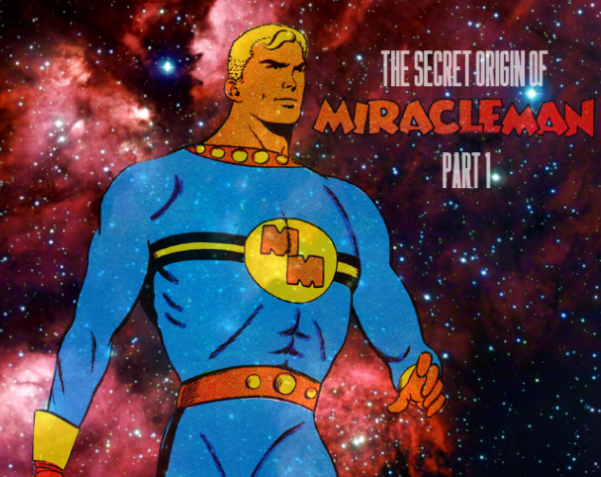
Most people may not be as familiar with the superhero Miracleman as they are with Batman or Superman, and that's a real shame because Miracleman is important for a number of reasons. It's proof that you can do an “edgy” reboot of a character and not end up with a tired cliché. It's proof that even the most shallow, childish concept has potential for a great story. And it's also proof that ownership and copyrights can be a tricky, sticky field to navigate though.
So yes, Miracleman is a truly excellent comic series that you should absolutely go read right away (only after finishing this, of course). But the long and sometimes convoluted history behind the character is every bit as interesting as his actual printed adventures. I've done my best to simplify the account for the average person who doesn't care about this sort of thing while still including the main facts. So without further ado, let's begin!
Part 1: ONCE UPON A TIME IN GREAT BRITAIN...
In 1953, DC comics won a longstanding lawsuit against its rival Fawcett, who were the original publishers of Captain Marvel. DC objected to the alleged similarity between Superman and Shazam! (and probably to the fact that he was more popular), so by a court order, Fawcett killed off the series. Superhero comics weren't selling very well at that point anyways; as postwar reader tastes shifted towards genres like crime, horror, and sci-fi.
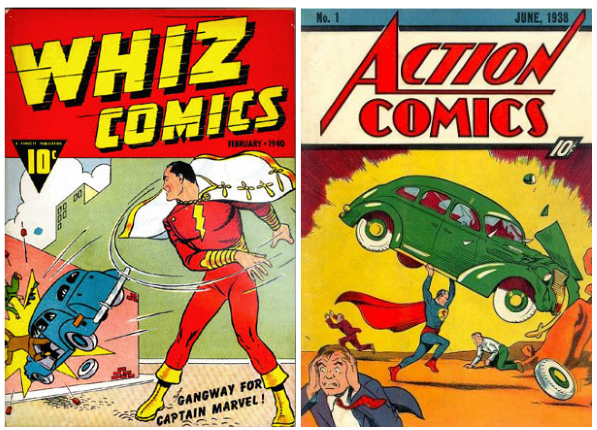
To be fair to Captain Marvel, that car is a completely different color.
Meanwhile, on the other side of the pond, British publisher L. Miller & Sons was in trouble. Miller put out reprints of American comics, and Captain Marvel was their best selling title. Suddenly cut off from material, they had to acquire a substitute as quickly as possible. Miller commissioned artist Mick Anglo to come up with an approximate facsimile that by today's standards would be akin to a Deviantart “original character do not steal” Sonic the Hedgehog recolor.
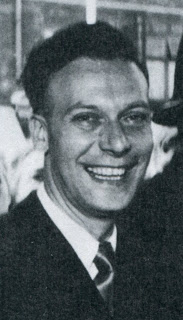
If it weren't for this guy, you wouldn't be reading this today.
With a new costume and haircut, Captain Marvel became Marvelman, while Captain Marvel Jr. was dubbed Young Marvelman. Mary Marvel switched genders to become Kid Marvelman, and their arch-nemesis Dr. Sivana was now Dr. Gargunza. Instead of the trigger word being “Shazam!”, it was now “Kimota!” (atomic spelled backwards). And so on and so forth.The point of the whole thing was to be as close to the original Captain Marvel as possible without getting sued.
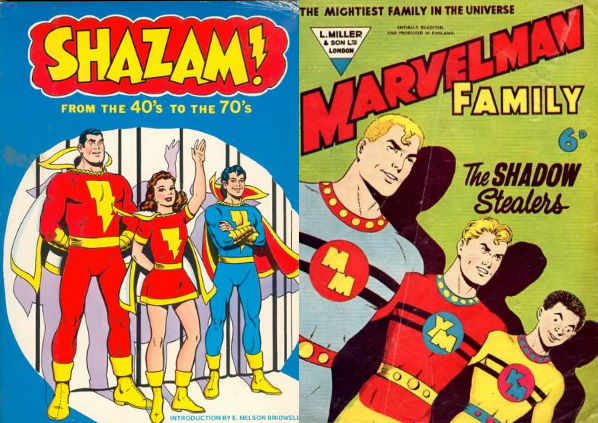
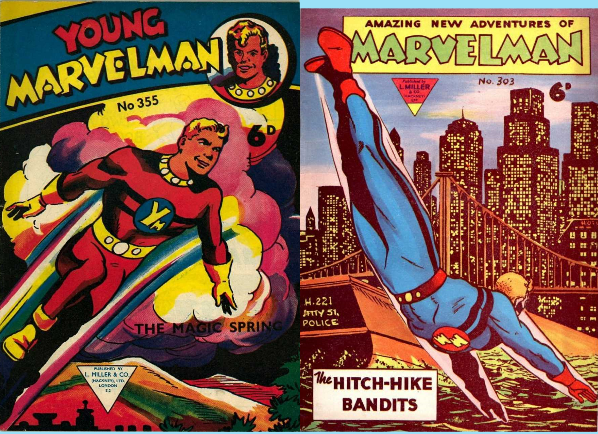
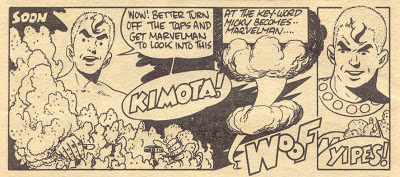
The new stories were a huge hit and sales took off, outnumbering even the old reprints.They enjoyed a long, respectable run as a series..for a while, anyway. At the start of the 60s,newer and more exciting American comics began to be imported, and a hero like Marvelman seemed too outdated and innocuous in comparison. By 1963, all of the Marvelman comic titles were canceled and not long after, he vanished from the public conscious and was only remembered by weirdos...like Alan Moore.
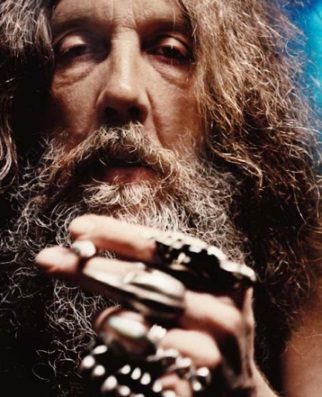
Legends say that his beard is the source of his powers.
If you're even remotely a comics fan, you already know his name. If you're not, all you need to know is that he's considered to be one of the greatest comics writers of all time, and with good reason. Growing up, Moore had a recurring thought about the now obscure character, which he came up with after seeing an old, unsold issue at a newsstand:
“I wondered what Marvelman was doing these days. I was struck by the image of the eternally-youthful and exuberant hero as a middle aged man, trudging in the streets and trying fruitlessly to remember his magic word.”
Years later, in 1981, and with a few published stories under his belt, Moore was hired to write for an anthology magazine called Warrior. Warrior, by the way, offered partial ownership of characters to its contributors-an uncommon concept at the time. (It's also where V for Vendetta was originally published.)
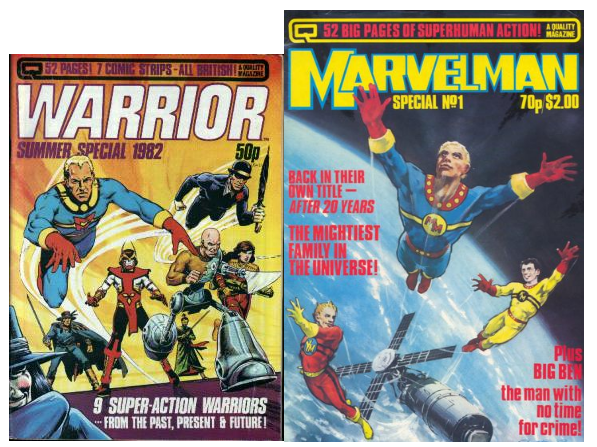
Warrior's editor, Dez Skinn was planning a revival of Marvelman and was on board with Moore's idea. In March of 1982, Marvelman returned to the world of comics after being gone for twenty years. The new storyline, written in Moore's trademark deconstruction style and illustrated by the talented Garry Leach (and later Alan Davis) received a positive reception. For a while, things went well. Dez Skinn even worked out a deal with Mick Anglo to get the original 50s stories republished, for which he would get a cut. Some of these were published in the Marvelman Special in 1984, and that's when all the trouble began. The special caught the attention of the other Marvel, who threatened to bring down the lawsuit hammer on Warrior. Even though Marvelman was created in 1953, and Marvel Comics didn't start calling themselves that until the 60s, it didn't matter. Marvel had the clout and legal muscle to put a moratorium on any more Marvelman stories. Weakened by dropping sales and legal fees, Warrior ceased production soon after.
And Moore's refused to work for Marvel ever since..
Dez Skinn started looking for a stateside publisher for his Warrior material. DC rejected Marvelman, but did end up releasing V for Vendetta. Marvel passed too. It would appear that Marvelman would be banished to limbo again...
Or would he?
Tune in next time for part 2!

jkatz Posted on Apr 24, 2017 at 06:49 AM
You guys are getting waaay ahead of me -_-
But yeah, all that and more will be covered in upcoming installments.
Hoju Koolander Posted on Apr 24, 2017 at 05:33 AM
Thanks for giving MarvelMan/MiracleMan some love. I have have the 1st printings of issues 1-6 in my collection and they are fantastic. So engaging and truly twisted take on what the Captain Marvel concept could be.
I'm looking forward to Part 2 because that's where the the story really gets convoluted as far as rights ownership, with Todd Mcfarlane himself getting into the mix.
Vaporman87 Posted on Apr 23, 2017 at 04:44 AM
Ahh. So I'm guessing Marvel's dislike for the character spawned a name change to Miracle Man?
There are so many great characters from the early days of comics that haven't seen the light of day in decades. My wife once purchased me a book that listed some of the worst comic villains ever created, and many of them were from comics I'd never heard of from the 50's.
No holiday is more synonymous with candy than that of Halloween. Candy corn, miniature snickers, caramel apple lollies, and of course my personal favo...
In 1986, at the ripe old age of ten, I became hopelessly stricken with an incurable case of Menace Mania. Dennis the Menace to be more precise. I was ...
There I was, heart pounding, palms sweating, with a slight headache creeping up underneath my Orlando Magic hat. As I looked back on the events of t...
You know Freddy, and Pinhead, Michael, and Jason. You know Chucky, and Leatherface, Jack Torrence, and Pennywise, but do you recall the most nightmar...
Fast Food and snack companies have always known that the quickest way into our wallets is through a colorful mascot who can shill for their brand in 3...







